The 3rd Asia-Pacific CBR Congress
ABSTRACT
| Information about Presenter | Name, Designation, Organization | Satish Mishra, Technical Officer – Disability and Rehabilitation World Health Organization, Tajikistan |
| Email Address | sam@euro.who.int | |
| Website | http://www.euro.who.int/en/home | |
| Concurrent Session Number and Title | Concurrent Session 2-3: Assistive Technologies | |
| Title of Presentation | Assistive Technology in CBR – Vehicle of change | |
| ABSTRACT PROPER | ||
| Introduction | Persons with disabilities face widespread barriers in accessing services such as those for health care, rehabilitation, education, employment, social services including housing and transport. To uplift the lives of persons with disabilities it has become a necessity to establish strong Community Based Rehabilitation (CBR) programmes through inclusive community development. CBR benefits all people in the community, not just those with disabilities. For example, when the community makes changes to increase access for people with disabilities, it makes life easier for everyone in the community too. Today only 5–15% (approximately 1 in 10 persons) of the population in need has access to assistive products – e.g. wheelchairs, canes, prosthetic and orthotic devices, spectacles, low vision aids, hearing aids, and augmentative and alternative devices to cope with functional decline. The current gap in access to assistive products will be magnified in the future by the immense projected population growth, especially as the number of older people worldwide and dramatic rise in injuries, birth defects, noncommunicable diseases and musculoskeletal conditions. There is thus an urgent need to change the way we have traditionally perceived, designed, produced, manufactured, distributed, serviced and financed assistive products or devices – collectively called assistive technology (AT). | |
| Approaches | CBR campaigns for transforming the community by using inclusive community development approach. To ensure sustainability and ownership, CBR programs needs to be benefit other disadvantage groups and wider community. For example, an accessible functional community health centre also benefits elderly, pregnant women and other people in need. For CBR to to succeed and to be effective, it needs to look beyond disability. Access to quality and affordable assistive technology is a fundamental right of every person in need. The range of assistive products (AP) is quite large however assistive products in a CBR program have been generally limited to prosthetics and orthotics, wheelchairs, mobility aids and devices for children’s with disability. AP in CBR need to move beyond traditional devices and include all those who can benefit from AT. To address the barriers for AT sector, WHO has launched Global Cooperation on Assistive Technology (GATE) which will support countries in developing national comprehensive AT programs. GATE will focus on policy, products, provisions and trainings. | |
| Conclusion | Assistive products and technology need to be redefined on a broader basis taking into consideration its wider roles and needs, going beyond the common traditional perception that ‘these are only for people with disabilities’. Looking beyond traditional devices in a CBR program will assist to look beyond disability and contribute in inclusion of wider community. This will contribute in development of sustainable inclusive community based rehabilitation programs. | |
Slide 1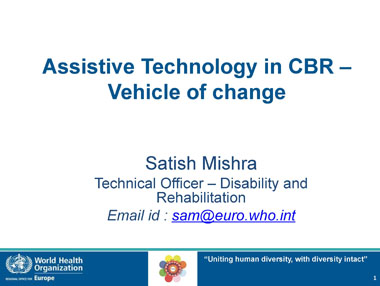 (Slide 1 text)
(Slide 1 text)
Slide 2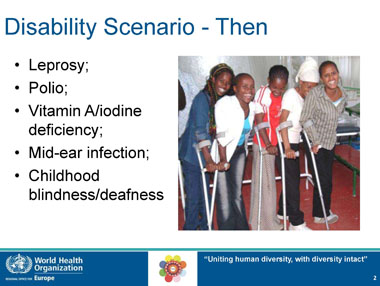 (Slide 2 text)
(Slide 2 text)
Slide 3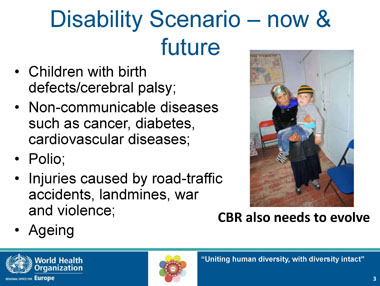 (Slide 3 text)
(Slide 3 text)
Slide 4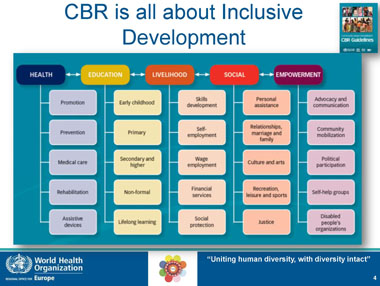 (Slide 4 text)
(Slide 4 text)
Slide 5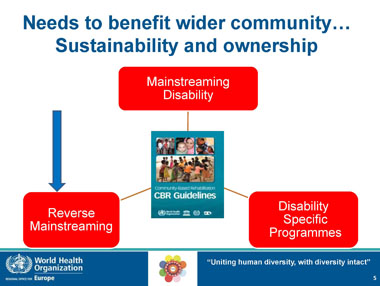 (Slide 5 text)
(Slide 5 text)
Slide 6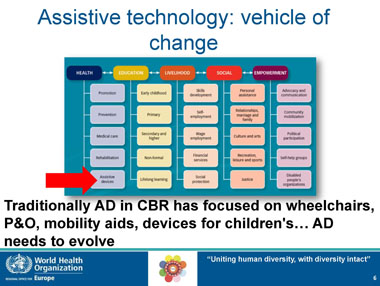 (Slide 6 text)
(Slide 6 text)
Slide 7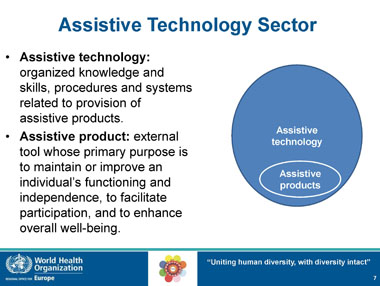 (Slide 7 text)
(Slide 7 text)
Slide 8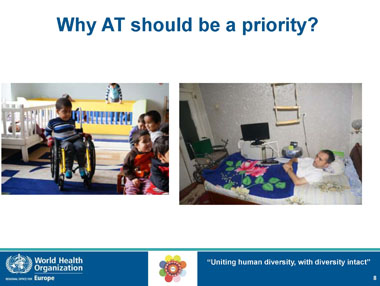 (Slide 8 text)
(Slide 8 text)
Slide 9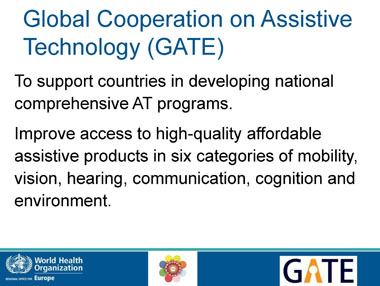 (Slide 9 text)
(Slide 9 text)
Slide 10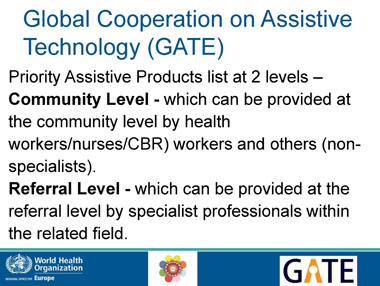 (Slide 10 text)
(Slide 10 text)
Slide 11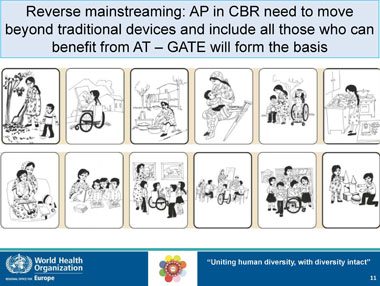 (Slide 11 text)
(Slide 11 text)
Slide 12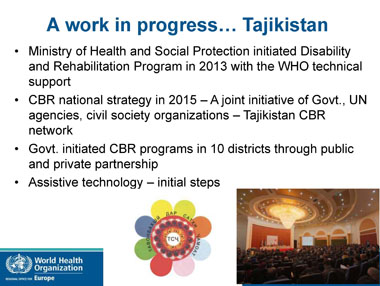 (Slide 12 text)
(Slide 12 text)
Slide 13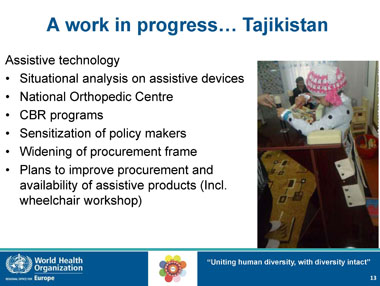 (Slide 13 text)
(Slide 13 text)
Slide 14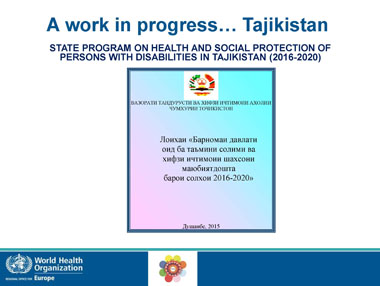 (Slide 14 text)
(Slide 14 text)
Slide 15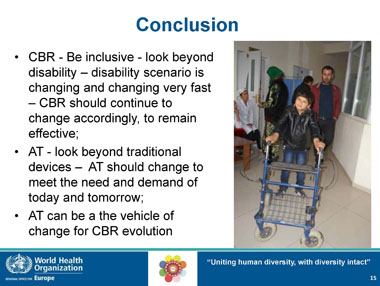 (Slide 15 text)
(Slide 15 text)
Slide 16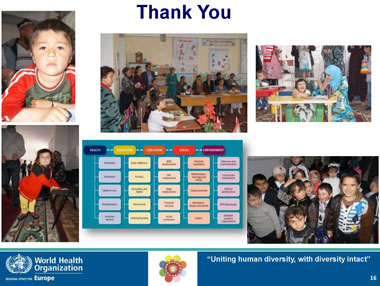 (Slide 16 text)
(Slide 16 text)
